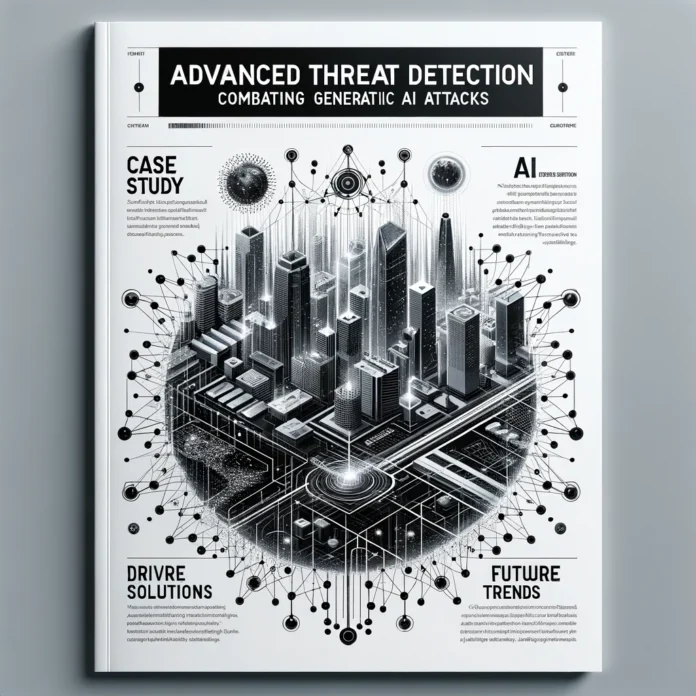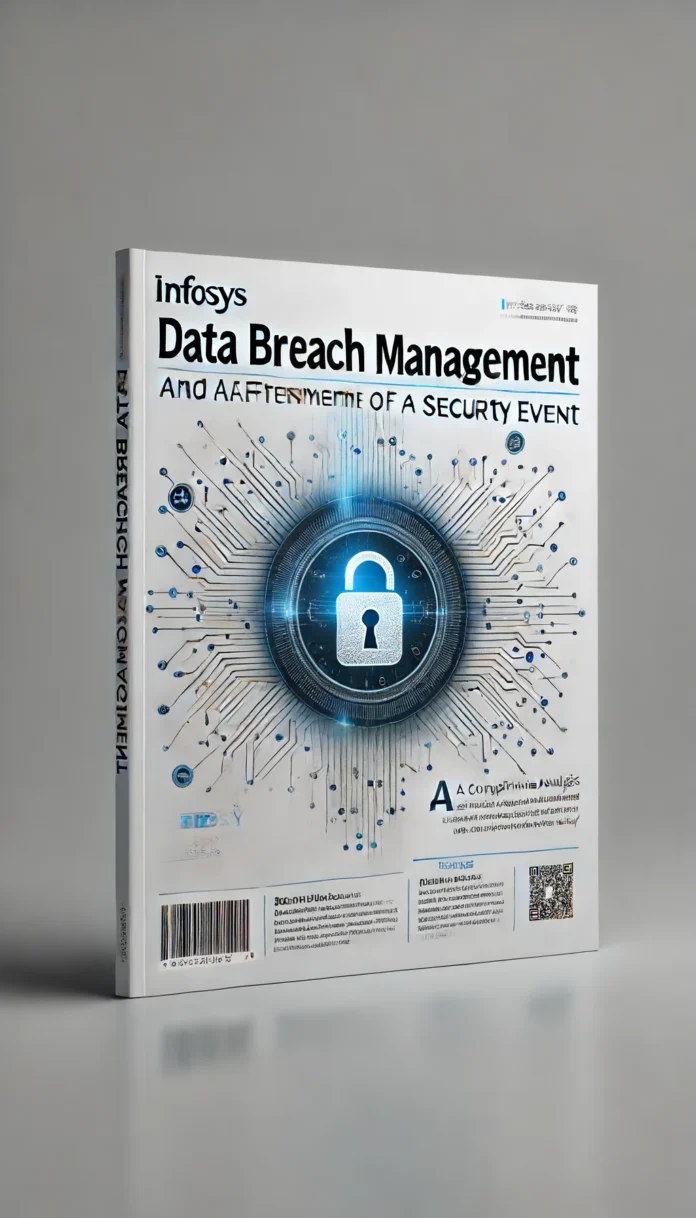Major public events, such as sports events or political gatherings, attract massive crowds and global attention. However, they also become prime targets for cyber threats due to the high volume of digital transactions, data exchanges, and critical communications involved. Effective cyber risk management during these events is crucial to ensure the safety and integrity of information and operations.
Understanding the Threat Landscape
The digital infrastructure supporting major public events includes ticketing systems, live streaming services, communication networks, and various IoT devices. Each of these components presents unique vulnerabilities that can be exploited by cybercriminals. Common threats include:
- DDoS Attacks: Disrupting services to create chaos and confusion.
- Phishing Campaigns: Targeting attendees and staff with fraudulent communications.
- Ransomware: Encrypting critical data to demand ransom.
- Data Breaches: Stealing personal and financial information of attendees.
Strategies for Cyber Risk Management
- Comprehensive Risk Assessment:
- Conduct a thorough risk assessment to identify potential vulnerabilities in the digital infrastructure.
- Prioritize assets based on their criticality to the event’s operations and impact on attendees.
- Robust Incident Response Plan:
- Develop and regularly update an incident response plan tailored to the event’s specific needs.
- Ensure all stakeholders, including vendors and partners, are aware of their roles in the event of a cyber incident.
- Network Segmentation:
- Implement network segmentation to isolate critical systems from less secure networks.
- Use firewalls and access controls to restrict unauthorized access.
- Real-time Monitoring and Threat Intelligence:
- Deploy advanced threat detection and monitoring tools to continuously scan for suspicious activities.
- Utilize threat intelligence feeds to stay informed about emerging threats and vulnerabilities.
- Employee and Volunteer Training:
- Conduct regular training sessions for staff and volunteers on cybersecurity best practices.
- Emphasize the importance of recognizing phishing attempts and securing personal devices.
- Third-Party Risk Management:
- Vet all third-party vendors and partners for their cybersecurity practices.
- Include cybersecurity clauses in contracts to ensure compliance with security standards.
Implementing Solutions
- Advanced Encryption:
- Encrypt all sensitive data in transit and at rest to protect against unauthorized access.
- Use strong encryption protocols and manage encryption keys securely.
- Multi-Factor Authentication (MFA):
- Implement MFA for all access points to critical systems and data.
- Encourage attendees to use MFA for accessing event-related services.
- Endpoint Security:
- Deploy endpoint protection solutions to safeguard devices used by staff and attendees.
- Regularly update and patch software to close security gaps.
- DDoS Mitigation Services:
- Engage DDoS protection services to absorb and mitigate attack traffic.
- Have contingency plans in place for maintaining operations during a DDoS attack.
- Secure Communication Channels:
- Use encrypted communication platforms for official communications.
- Ensure that all Wi-Fi networks are secure and regularly monitored.
Case Studies and Statistical Data
1. Super Bowl LIII
In 2019, the Super Bowl implemented extensive cybersecurity measures, including real-time monitoring and advanced threat detection systems. Over 35,000 cyber incidents were detected and mitigated, ensuring a smooth event without major disruptions.
2. 2018 Winter Olympics
The PyeongChang Winter Olympics faced a significant cyberattack, “Olympic Destroyer,” targeting the event’s IT infrastructure. Rapid response and collaboration with international cybersecurity teams helped contain the damage and restore services.
Conclusion
Effective cyber risk management during major public events is paramount to ensuring the safety and enjoyment of participants and attendees. By implementing comprehensive strategies and robust solutions, event organizers can mitigate cyber threats and maintain the integrity of their digital infrastructure. Continuous improvement and adaptation to emerging threats will further enhance the resilience of these events against cyber risks.
In today’s interconnected world, major public events such as sports events and political gatherings present unique cybersecurity challenges. These events attract massive crowds and global attention, making them prime targets for cybercriminals. The stakes are high; a successful cyber attack can disrupt the event, compromise personal data, and cause financial losses. This article explores strategies and solutions for managing cyber risks during these significant public events, ensuring safety and continuity.
Understanding the Cyber Threat Landscape
Increasing Cybersecurity Threats
Cyber threats are becoming more sophisticated, with attackers leveraging advanced techniques to exploit vulnerabilities. According to the World Economic Forum’s Global Risks Report 2024, the frequency and complexity of cyber attacks are rising, posing a significant risk to public events (World Economic Forum). Events like the Olympics or political conventions are particularly vulnerable due to their high-profile nature and the vast amount of data exchanged.
Common Cyber Threats at Public Events
- Ransomware Attacks: These attacks can cripple event operations by encrypting critical data and demanding ransom for its release.
- Phishing Attacks: Attendees and organizers can be targeted with deceptive emails to steal sensitive information.
- DDoS Attacks: Distributed Denial of Service (DDoS) attacks can disrupt online services, causing significant downtime and chaos.
- Data Breaches: Unauthorized access to personal and financial data can lead to identity theft and financial losses.
Strategies for Managing Cyber Risks
1. Comprehensive Cyber Risk Assessment
Before the event, conduct a thorough risk assessment to identify potential cyber threats. This should involve all stakeholders, including vendors, IT professionals, and security teams. Assess the vulnerabilities specific to the event’s location, technology infrastructure, and operational processes (Microsoft Cloud).
2. Implementing Robust Cybersecurity Measures
A. Network Security
- Segmentation: Divide the network into segments to limit the spread of any potential cyber attack. This includes separating administrative networks from public access networks.
- Encryption: Ensure all data transmitted over the network is encrypted to prevent unauthorized access.
B. Endpoint Security
- Device Monitoring: Continuously monitor devices connected to the network for any suspicious activity. Implement endpoint detection and response (EDR) solutions to detect and mitigate threats in real-time.
C. Access Control
- Least Privilege Principle: Grant access to systems and data only to those who need it. Regularly review and update access permissions to minimize the risk of insider threats.
3. Enhancing Cyber Resilience
A. Incident Response Plan
Develop a comprehensive incident response plan that outlines the steps to be taken in the event of a cyber attack. This plan should include communication protocols, roles and responsibilities, and recovery procedures (World Economic Forum).
B. Regular Training and Drills
Conduct regular cybersecurity training sessions for all stakeholders to ensure they are aware of potential threats and how to respond. Simulate cyber attack scenarios to test the effectiveness of the incident response plan and improve preparedness.
C. Collaboration with Law Enforcement
Establish strong partnerships with local and national law enforcement agencies. Share threat intelligence and collaborate on cybersecurity measures to enhance the overall security posture.
4. Leveraging Advanced Technologies
A. Artificial Intelligence and Machine Learning
Utilize AI and machine learning to detect and respond to threats faster. These technologies can analyze vast amounts of data to identify patterns and anomalies that may indicate a cyber attack (Microsoft Cloud).
B. Threat Intelligence
Incorporate threat intelligence into cybersecurity strategies. This involves gathering information about potential threats from various sources and using it to anticipate and mitigate cyber risks.
5. Public Awareness and Engagement
Educate attendees about cybersecurity best practices. Encourage them to secure their devices, avoid connecting to unsecured networks, and be cautious of phishing attempts. Providing clear guidelines and support can help mitigate the risk of cyber attacks during the event.
Conclusion
Managing cyber risks during major public events is a complex but essential task. By conducting thorough risk assessments, implementing robust security measures, enhancing cyber resilience, leveraging advanced technologies, and educating the public, event organizers can significantly reduce the likelihood and impact of cyber attacks. As the threat landscape continues to evolve, continuous vigilance and adaptation are key to ensuring the safety and success of these high-profile events.





